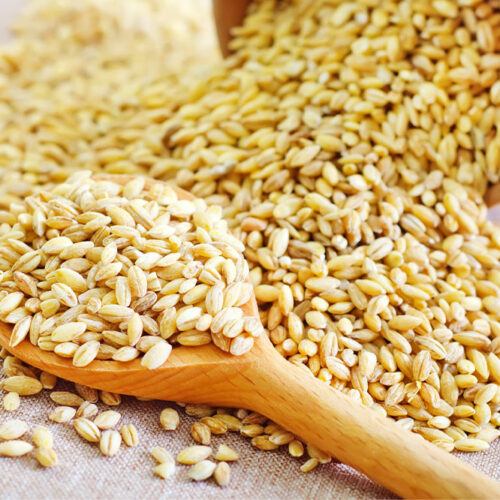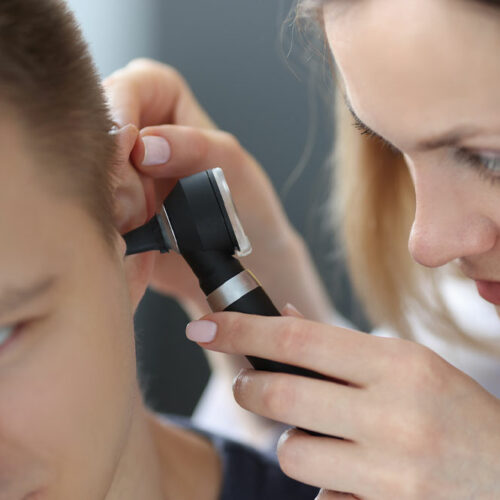6 useful period products for women

Menstruation is a natural body process where the lining of a woman’s uterus begins to shed and create a discharge of blood and other fluids. It is mainly triggered by hormone changes that occur as part of a monthly period cycle. Women can use several feminine hygiene products as per their preference to prevent the discharge from leaking. Here are the top six period products readily available in the market. Tampons Tampons are the most convenient, readily available, and widely used period products for absorbing menstrual discharge. These small cotton tubes mixed with wool are directly inserted into the vagina to prevent blood from leaking out. Cotton is an excellent absorbent material and does not irritate the organ’s lining. Tampons are use-and-throw products that come with applicators that help insert them correctly so one does not feel pain or discomfort. They are available in different sizes to absorb light, medium, or heavy periods, depending on the intensity of the menstrual cycle. But irrespective of the flow, doctors recommend changing tampons every four to six hours to keep the area clean and avoid the risk of a bacterial infection. If one wears a super-absorbent, heavy-flow tampon overnight, they should remove it and clean the area first thing in the morning.






